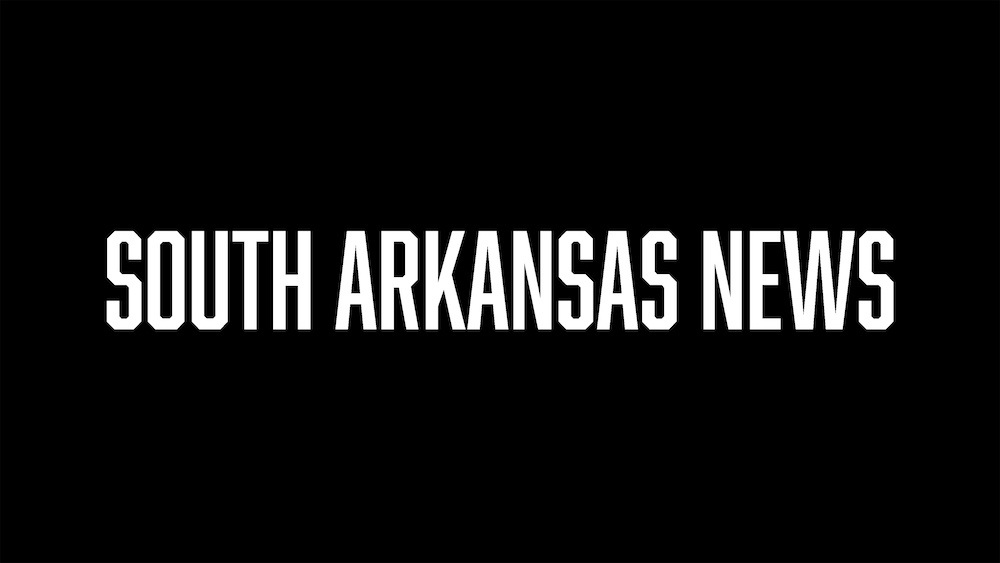For the first time since the beginning of waterfowl season, here at Waterfowl Report headquarters in west Little Rock it actually felt today (Thursday, Dec. 28) like a late-arriving winter was finally on its way.
With that, and with promising anecdotal reports from around east-central and central Arkansas this week as the state’s last segment of waterfowl season began Dec. 27, we have a feeling ducks will finally follow.

By Jim Harris
Managing Editor Arkansas Wildlife Magazine

At this time last year, Arkansas had experience a struggling start to the season with dry conditions but finally was benefiting from a huge winter storm covering states to the north and northwest, and that led to a good aerial waterfowl count for the Midwinter Survey in early January — though ducks quickly moved on and were back to lower-than-average numbers later in the month when the Arkansas Game and Fish Commission’s aerial crew went back up for a final look.
We don’t have quite the intense winter snowstorm to our direct north this time — national weather forecasters keep pointing at an El Nino, which may eventually earn a Super El Nino tag before this season is over — northern states have seen conditions such as heavy snowfall and a big drop in temperatures that usually push the back end of the duck migration Arkansas’s way. A large snow mass made its way across Nebraska and Iowa/northern Missouri into parts of Illinois this week. A lot of that snow was forecast to circulate counterclockwise back into central, eastern and southern Missouri through Thursday evening. Northeast Arkansas may see this wintry blast and precipitation Friday morning. Temperature highs will return to near 60 on Sunday, however. But next weekend could be 10 degrees cooler, forecasters say.
This week, we heard reports of more ducks flying the Arkansas River Valley near Conway all the way to good numbers of ducks seen in the Dale Bumpers White River National Wildlife Refuge. Perhaps they, too, have sensed the approach of winter and were moving toward southerly food sources and habitat. Arkansas, however, still needs heavier rainfall than we’ve seen this fall and early winter to spread ducks around.
Water conditions have improved slightly in most of the public hunting areas in east and northeast Arkansas and plenty of huntable water and 100 percent coverage in greentree reservoirs in many areas, including the Arkansas River Valley and in public areas of southwest Arkansas. We personally spotted heavy diving-duck usage of privately-owned oxbows inside the Arkansas River levees in southeast Arkansas just before Christmas.
In the runup to the Christmas holiday, the Missouri Department of Conservation reported a slow migration of waterfowl through the Central and Mississippi flyways, and the state had begun to note a decline in duck numbers, most noticeably in the northern portion (where duck season ended Dec. 26). But geese continue to increase throughout much of Missouri, though ducks (640,885) outnumbered geese (233,5000) in the week before Christmas.
In contrast, the AGFC’s December Aerial Survey, estimated total geese outnumbered total ducks in the Delta by 300,000 birds.
Missouri’s total duck count released on Dec. 18 was 35.6 percent higher than the previous five-year average (472,737) and 17.5 percent higher than the previous 20-year average (545,332). An estimate of 431,983 mallards in Missouri as of Dec. 18 was 16.2 percent higher than the previous five-year estimate (371,856 mallards) and 4.3 percent lower than the 20-year estimate (451,437).
Within the disappointing news that Arkansas’s total December aerial estimate was down 200,000 from average and mallard estimates were the lowest since the aerial survey began were some positive nears from specific areas where ducks were seen en masse. And, the way the aerial counts are conducted with randomly selected transects, some areas that may have thousands of ducks at one time may not be included in the count. That’s why the estimated count has a range of error and shouldn’t be taken as exact.
For example, Lake Ashbaugh was not part of the transects in the most recent aerial survey. But Brett Leach, the AGFC’s waterfowl program coordinator, and Buck Jackson, the AGFC’s state wetlands coordinator, were close enough with the assigned transects to make a quick diversion over to Lake Ashbaugh, where Leach reported seeing 80,000 ducks on a body of water that is always popular for ducks during their migration through Arkansas. Had the random transects included Ashbaugh, the number of mallards estimated would have been significantly higher for that survey.
Typically, mallards account for about 52 percent of all ducks in the Delta during December surveys (compare that to the major fraction of total ducks that include mallards in Missouri during December); this survey, mallards accounted for 18 percent of all ducks in the Delta during this survey.
The highest mallard and total duck estimates were in the Bayou Meto-Lower Arkansas and Cache survey zones. About 55 percent of all ducks, including mallards, were in these two survey zones. During this survey period, higher mallard estimates were also in the Black-Upper
White and L’ Anguille survey zones. Hotspot maps (available under “Waterfowl” on the agfc.com website) show few duck concentration areas outside these survey zones.
Leach said the low mallard numbers in the Lower White survey zone were surprising, as this area is usually majority mallards during most surveys — mallards only made up 7 percent of total ducks within this survey zone the first week of December.
The AGFC’s aerial survey crew will be back up counting all next week.
Check Out the ‘FowlWeather Podcast’
What would a podcast emanating from Jacks Reef, New York, reveal about duck hunting in Arkansas and the Central and Mississippi flyways? A lot, we think. For one, Dr. Mike Schummer, the podcast host and Fowl Weather founder, seems to know his way around duck hunting, habitat and conditions from the Atlantic Flyway westward all the way to the Central Flyway, and his podcast is entertaining. Schummer also doesn’t stay holed up in Jacks Creek — he is planning a trip this week in fact to the Mississippi Delta for duck hunting and will have a podcast from wherever he’s set up there in his usual Monday spot (kudos to Mike for managing a Christmas Day podcast even if he kept it at a tight 12 minutes).
About Arkansas’s waterfowl situation this year and predictable weather patterns, Schummer said on Christmas Day, “The mallard numbers in Arkansas haven’t been this bad since 2009, which, if people don’t keep up, was another El Nino year with pretty strong drought conditions. So, it’s not surprising that there aren’t ducks in the big woods of Arkansas right now.”
You can hear “The FowlWeather Podcast” on Spotify, Apple Podcasts, Facebook and Instagram. Schummer’s website is https://fowlweather.co/
Schummer is also a frequent guest on other duck hunting and waterfowl podcasts. He describes himself as a life-long duck hunter and accomplished waterfowl scientist and wetland manager with decades of expertise that he brings to his podcast. Now, he’s an associate professor and the Roosevelt Waterfowl Ecologist at the State University of New York College of Environmental Science and Forestry.
He’s held previous positions as the game bird biologist for the state of Maine, research associate at Mississippi State University, University of Western Ontario and Southeast Missouri State University. He describes his passion as waterfowl and wetlands conservation and finding ways to bring the hunting community together. The podcast is a passion project decades in the making, he says. He doesn’t do it alone: He’s got a dedicated team that provides data analysis and technical expertise. “‘The FowlWeather Podcast’ produces the only duck migration forecast on the internet. We use the latest science to bring you weekly updates about when and where the ducks will be migrating in your area,” it says on his website.
In this holiday season, if you’re looking for something to listen to while you’re chilling out on the couch and the monotony of bowl games has made the eyes blurry, give a listen to “The FowlWeather Podcast” and catch up on a season of great information with a binge-listen.




